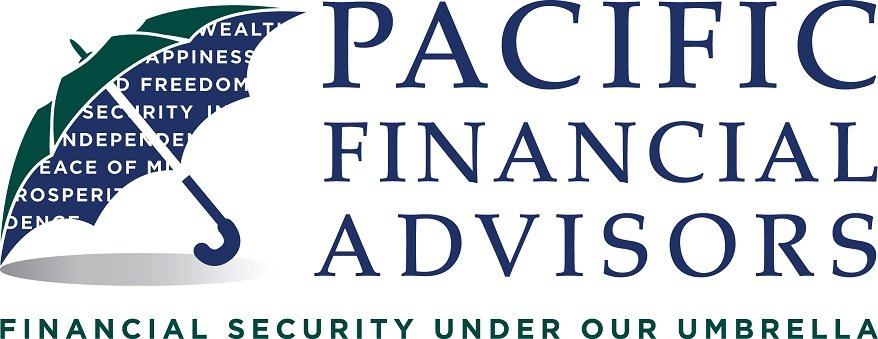What it feels like these days for investors
Have you ever been to the circus?
Watched America's Got Talent? If so, you have probably seen those people doing crazy stunts, such as flinging themselves out of a cannon, or jumping up and down on a highwire, all without a safety net beneath. That is a bit what it feels like these days for investors: scary, nerve-wracking, and a little bit like disaster may be looming. So what's a nervous investor to do? Is there a way to protect yourself in these days of the "bear?" The short answer is yes. A new option for investors is the buffered ETF (exchange-traded funds), which absorbs a portion of stock market losses in exchange for capping some of the gains. It can be a good option for the investor who wants to protect themselves from the downside.
Buffered ETF
With a buffered ETF, you invest in a one year option that sets precisely how much of a loss you are protected from over a twelve-month period. This can be set, before fees, at 9%, 10%, 15%, 20%, or 30%. As with everything in life, there is the flip side, in this case how much you can potentially gain, so the greater the protection, the smaller the possible gain. The goal of a buffered ETF is to minimize risk, not maximize gain.
So how do they work?
Most are linked to the S&P 500 Index. They are all actively managed and carry an expense ratio of around 0.80%. The most common buffer is 10%. Gains beyond a pre-determined amount are forfeited and at the end of the twelve-month period, the fund resets by buying new options, which will define the parameters over the next twelve-month period. Because ETFs are designed to protect investors from the worst of the potential stock market downturns, they do not own underlying shares but instead build a package of derivatives of flexible exchange (flex) options. At the end of the year-long period, the investor does not need to sell, as the product simply rolls over and it begins again. The investor may sell at any point during the year, however if they sell before the end of the twelve-month term, there will likely be a minimal fee charged.
In Summary
If you thrive on the risk of investing then a buffered ETF may not be for you. If, however, you are like me and want to see some sort of safety net below that highwire, then a buffered ETF may be a good investment option. Give us a call and come on in so we can explain it further. No daredevil stunts required; I promise!
Enjoy the sunny weekend ahead; it looks like summer is just about here!
Warmly,
Kimberly Wolf and Your Team at Pacific Financial Advisors


